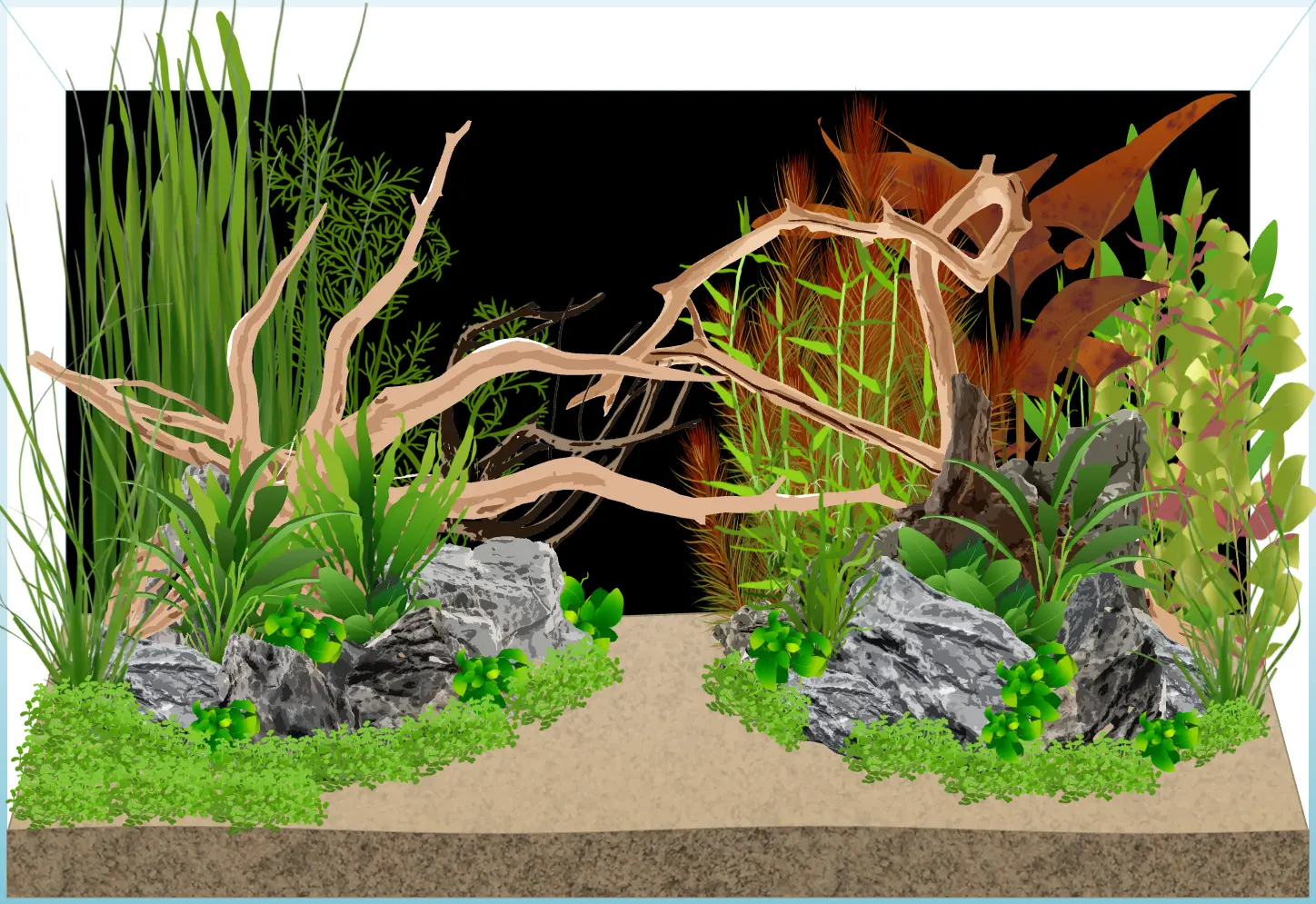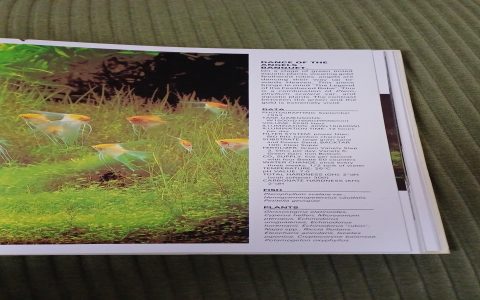Introduction to Aquarium Architecture
Mastering fundamental aquarium architecture skills is essential for tackling large-scale projects, as it involves integrating structural integrity, life support systems, and environmental controls. Focus on core principles to prevent costly failures and ensure sustainable operations across extensive marine exhibits.
Core Skills for Aquarium Design
Begin with these basic competencies to build a strong foundation:
- Structural Analysis: Assess load-bearing capacities for tanks and support frameworks using materials like reinforced glass or acrylic; prioritize safety for high-volume aquatic environments.
- Water Management Systems: Design efficient filtration, circulation, and waste-handling setups; include redundancy to handle potential failures in large systems.
- Environmental Regulation: Implement controls for temperature, lighting, and water chemistry to maintain stable conditions; automate these processes to scale seamlessly.
- Species-Specific Planning: Tailor habitats to aquatic species' needs, such as reef formations for marine life; apply biosecurity protocols to minimize disease spread in expansive setups.
Scaling Skills to Large Projects
Easily adapt basic abilities for bigger challenges through strategic approaches:

- Modular Design Thinking: Break projects into manageable units, like sector-specific tanks; this allows gradual expansion and testing without full-scale risks.
- Simulation and Modeling: Use software tools to predict water flow or structural stresses; simulate conditions early to identify and resolve issues affordably.
- Collaborative Workflows: Engage specialists—e.g., engineers and biologists—for input; delegate tasks to streamline complex integrations and meet deadlines.
Practical Implementation Tips
Apply skills effectively with straightforward steps:
- Start Small: Prototype sections in smaller tanks to refine techniques; iterate quickly for hands-on learning and confidence.
- Cost Management: Budget for scalable components such as energy-efficient pumps; prioritize multi-use resources to reduce long-term expenses.
- Continuous Learning: Leverage industry literature and case studies; join forums to gain insights for evolving project demands.






